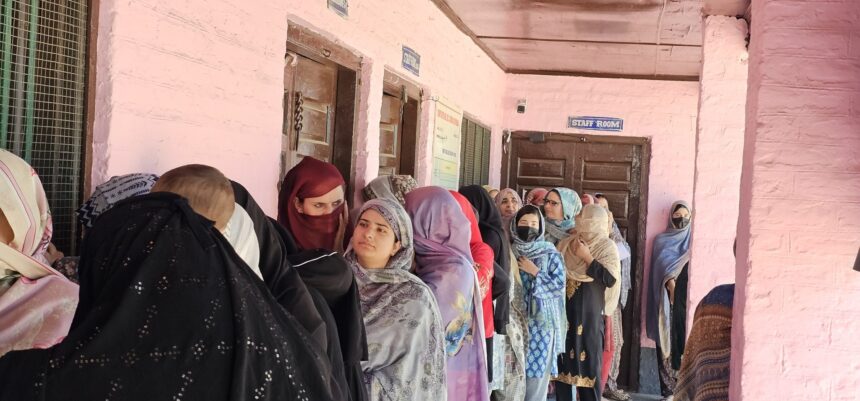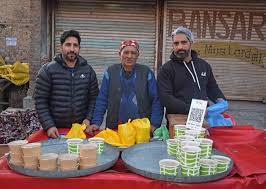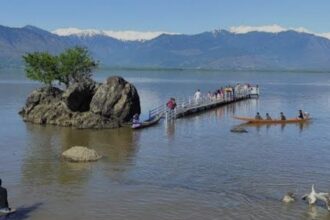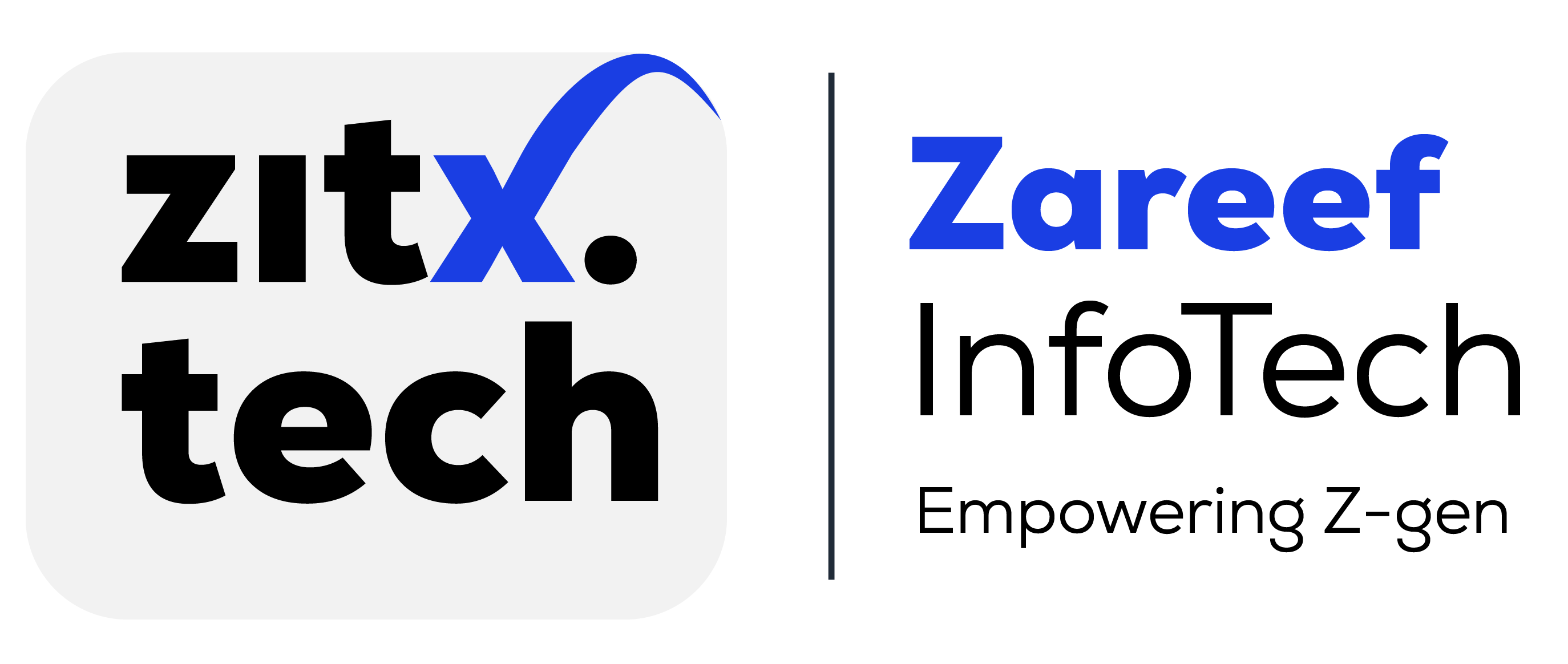A New Era of Political Engagement
In the picturesque yet challenging landscape of Trehgam, a village nestled in the Kupwara district of Jammu and Kashmir, a remarkable transformation is taking place. Once synonymous with stone pelting and unrest, Trehgam is now witnessing a shift towards political engagement and electoral participation. This change is largely driven by the pressing need for livelihood opportunities among the youth, who are increasingly frustrated by unemployment and its associated social issues.
The Struggles of the Youth
During a recent election day, voters at Polling Station-48 articulated their desire for change, emphasizing that their participation in the electoral process stems from a deep-seated need for economic stability. Azim Ahmad, a first-time voter with an MBA in Finance, poignantly expressed his discontent with the current state of affairs. Despite his educational qualifications, he finds himself working in a meat shop to make ends meet.
“Being jobless is the biggest social taboo nowadays,” Azim lamented. “This social stigma is pushing youth towards drugs and other illegal activities.”
Azim’s story is not unique; it reflects a broader trend among educated youth in Kashmir who feel neglected and marginalized. They are caught in a cycle where their aspirations clash with harsh economic realities, leading many to seek solace in destructive behaviors.
A Call for Development
Echoing Azim’s sentiments, Zahid Ahmad, another first-time voter, highlighted the stark contrast between Trehgam’s past and present. “The area has been previously known for stone pelting and other activities,” Zahid noted. “But after five years of neglect, we are turning to polling booths to cast our vote for development.” His words resonate with a community that has long felt overlooked by political leaders who have made grand promises without delivering tangible results.
The youth of Trehgam are no longer willing to accept the status quo. They are eager to hold their representatives accountable and demand action on issues that directly impact their lives. The shift from violence to voting signifies a profound desire for constructive change and community development.
Personal Stories of Resilience
The stories shared by voters reflect not only individual struggles but also collective aspirations for a better future. Saqib Ahmad’s experience illustrates the complexities faced by young people in Trehgam. He shared his frustration about being denied a passport due to past actions of relatives he never knew.
“I am voting with an expectation that no innocent youth is being punished,” Saqib stated. “I want to work abroad to feed my family, but unfortunately, I am being punished for mistakes that I am not even aware of.”
Saqib’s determination to vote stems from his desire to choose representatives who will advocate for justice and address systemic issues affecting families like his. His story underscores the urgent need for political leaders who understand the unique challenges faced by the youth in Kashmir.
A Historical Context of Trehgam
Trehgam, located in the Kupwara district of Jammu and Kashmir, has a complex history marked by political disturbance. Known as the birthplace of Muhammad Maqbool Bhat, a key figure in Kashmir’s separatist movement, Trehgam became a focal point for unrest, particularly during the late 2000s when stone pelting emerged as a form of protest against security forces. Local youth, frustrated by political neglect and economic despair, engaged in frequent clashes with security personnel, expressing their anger through stone throwing—a practice termed ‘Kanni Jung’ in the local language. This atmosphere of violence discouraged electoral participation, as many believed that voting would not lead to meaningful change. However, recent shifts indicate a growing desire for peace and normalcy; the youth are now turning to the ballot box as a means to advocate for their rights and seek development opportunities. This transition from past turmoil to active civic engagement highlights the community’s resilience and hope for a brighter future.
The Power of Hope
As Trehgam transitions from stones to ballots, the underlying theme is one of hope and resilience. The youth are not merely participating in elections; they are reclaiming their agency and voicing their demands for employment, development and justice. This newfound political engagement marks a pivotal moment in the region’s history, as young voters seek to reshape their future through democratic means.
The collective voice of Trehgam’s youth serves as a powerful reminder that change is possible when individuals come together to advocate for their rights and aspirations. As they cast their votes, they are not just participating in an election; they are laying the groundwork for a brighter future—one where opportunities abound and every voice matters.
Conclusion: A Bright Future Ahead
The transformation seen in Trehgam is emblematic of a broader shift occurring across Kashmir—a movement towards empowerment through education, political engagement, and economic opportunity. As young voters step away from violence and embrace democracy, they illuminate a path forward that prioritizes development and social justice.
In this new chapter for Trehgam, hope reigns supreme as its youth take charge of their destinies, determined to build a community where every individual has the chance to thrive. The journey from stones to ballots is not just about voting; it is about creating a legacy of change that will inspire generations to come.







